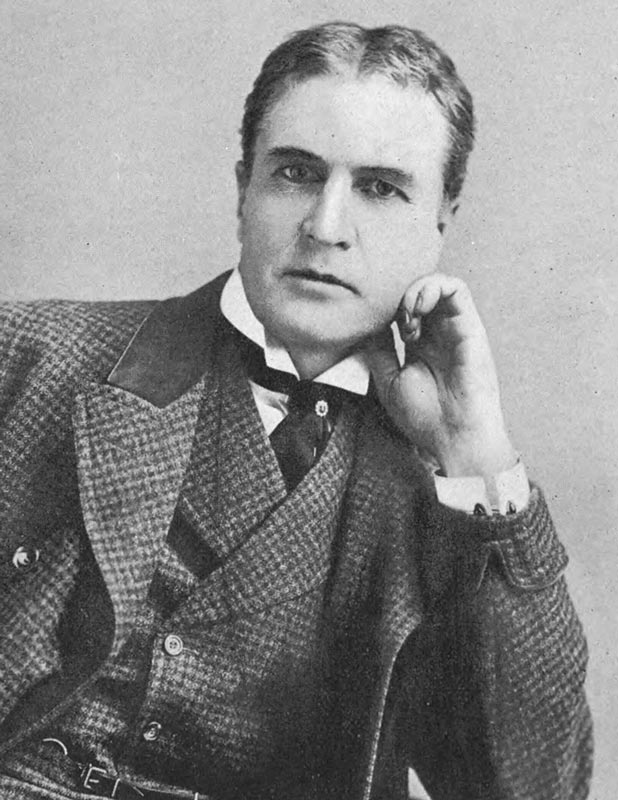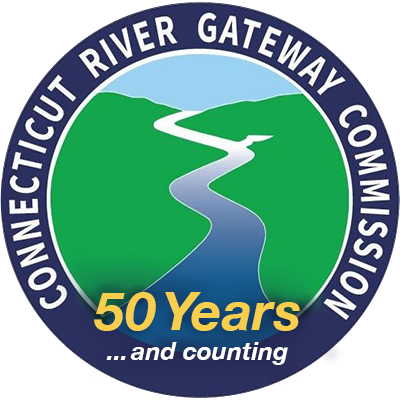History of the River
Tom Walsh, Shoreline Aerial Photography
Gillette Castle

The Castle from the air. Tom Walsh, Shoreline Aerial Photography.
Perched high atop a bluff, overlooking the Connecticut River and the Chester-Hadlyme ferry, stands Gillette Castle, a structure as iconic and eccentric as its creator. Legendary actor and playwright William Hooker Gillette, 1853-1937, built this faux medieval castle over a span of five years between 1914 to 1919 on the largest and southern-most of the chain of hills known as the Seven Sisters.

William Gillette. Renaissance Man. Public domain.
A native of Hartford, Gillette was a direct descendent of both Thomas Hooker, a founder of Hartford and Connecticut Colony, and his namesake William Gillette who helped establish Windsor, Connecticut’s first English settlement. Gillette became a young actor, against his family’s wishes, and worked his way into increasingly important roles, eventually writing and staring in successful productions on both sides of the Atlantic. His legacy was cemented by bringing Arthur Conan Doyle’s Sherlock Holmes to life on the stages of New York and London. He also starred in the first film and radio adaptations of Holmes.
All of this brought him international fame and wealth. While looking for a place to literally escape the limelight, he discovered the Seventh Sister when cruising the river aboard his opulent live-aboard houseboat, Aunt Polly. After climbing the rocky bluff, he fell in love with the spectacular views and majestic setting. He purchased 122 acres of the hilly woodlands then designed and built his castle here, made of native granite over a steel framework. The interior featured elaborately crafted oak with many innovative and quirky elements designed to surprise and delight his eclectic assortment of quests. On the grounds he built extensive hiking trails and three miles of small-gauge railway. Gillette himself played engineer aboard his diminutive locomotive as guests rode in open cars through tunnels and woodlands, traversing wooden trestles overlooking the river.
Before his death in 1937, Gillette decreed that the property should not fall into the hands “of some blithering saphead who has no conception of where he is or with what surrounded.” In 1943, the state of Connecticut purchased the castle and grounds from Gillette’s executors. Today, Gillette Castle State Park welcomes roughly 300,000 visitors each year. You can explore the 184-acre grounds free of charge. There is a modest admission fee for the castle. It is a true gem of the lower Connecticut River and a must-see experience for anyone living in, or visiting, the area. The expansive views of the river alone are worth the effort.

The Seventh Sister above the Chester Ferry docks by Skye Roberts.
